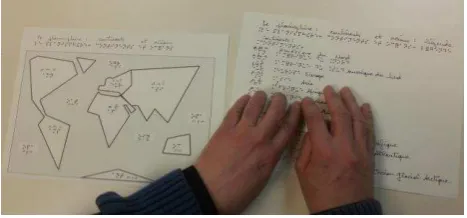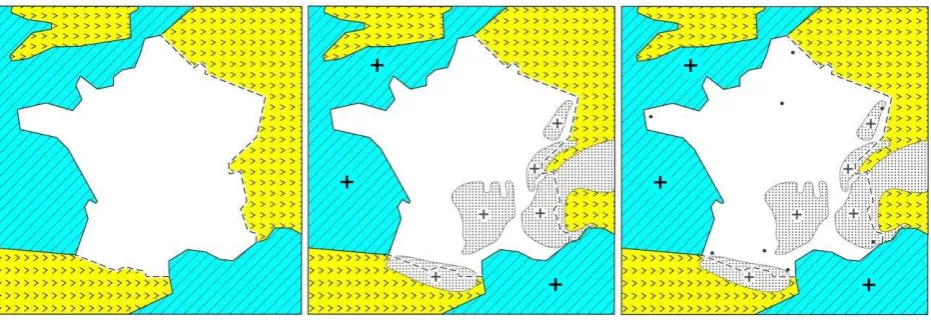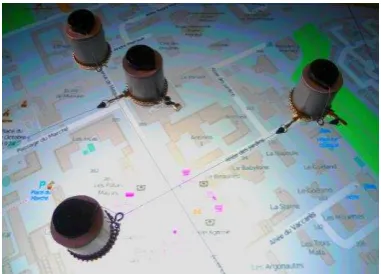isprsarchives XL 3 W3 517 2015
Teks penuh
Gambar




Garis besar
Dokumen terkait
A web interface that enables user-friendly spatiotemporal queries is implemented at the front- end, while a series of data mining functionalities extracts aggregated
State government agencies on the east coast of Australia and the University of Queensland have been collaborating since 2007 through the Joint Remote Sensing
Regarding the validation, an analyse of variance (1 factor ANOVA) on the average height of ten polygons (size bigger than 500 pixels) drawn according to the RGB images on the
The selected papers are organized in four themes: Risk management, Crisis management, Coordination of Disaster Response and Monitoring.. The choice of
The CA calibration aimed at fitting the parameters in order to simulate a landscape similar to true landscape with regards to the size of the patches of deforestation and its
The increasing number of users and their growing demand for high actuality of the topographic data sets motivates the Dutch Kadaster to innovate and improve
The second approach represents the -cuts by the contained points instead of their boundary and models the volume of the cones as a bundle of rays thorough these points..
Through intrinsic and extrinsic semantic assessments of the quality of crowdsourced geospatial information we can measure the semantic trust of the information, and by